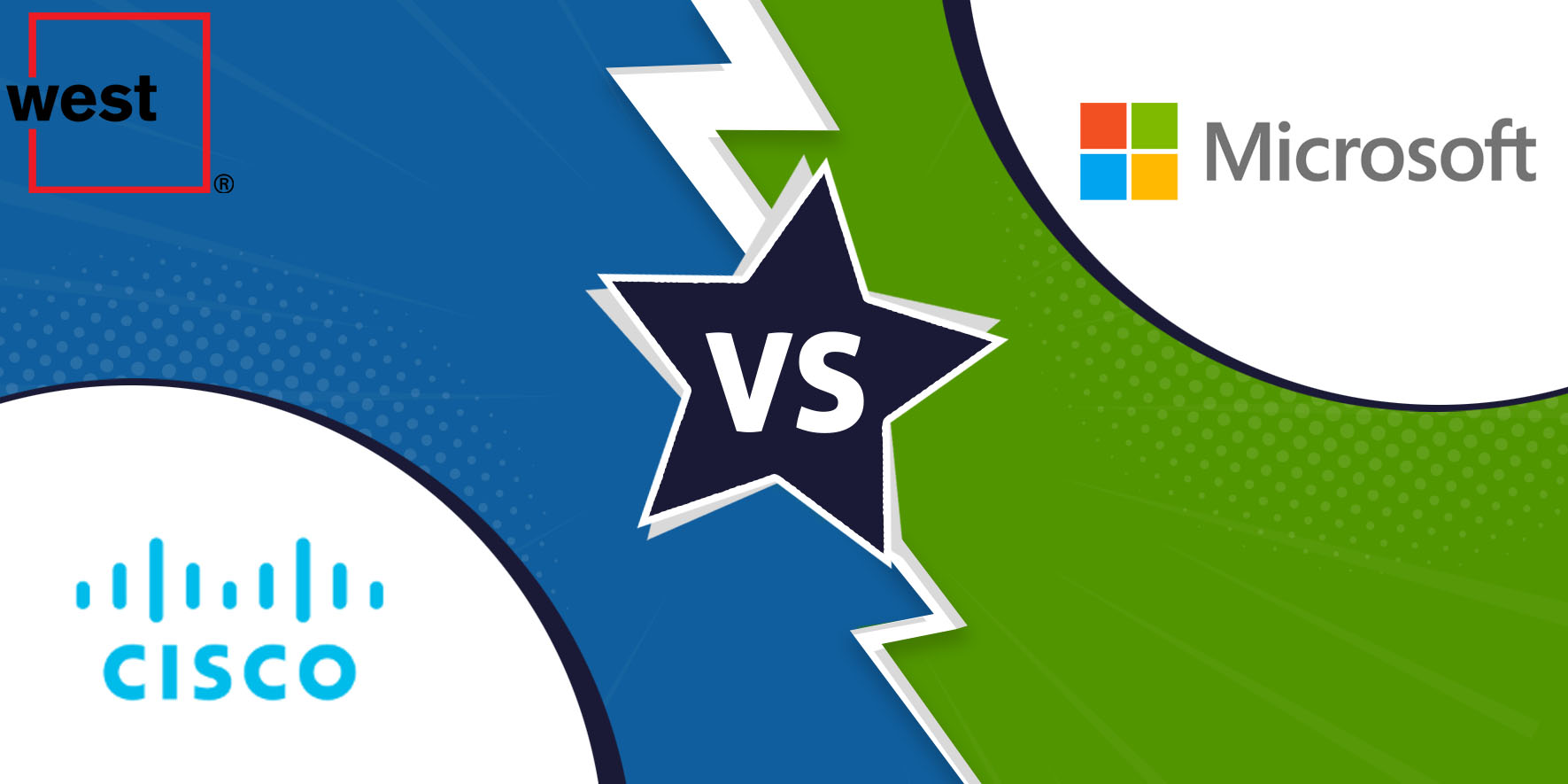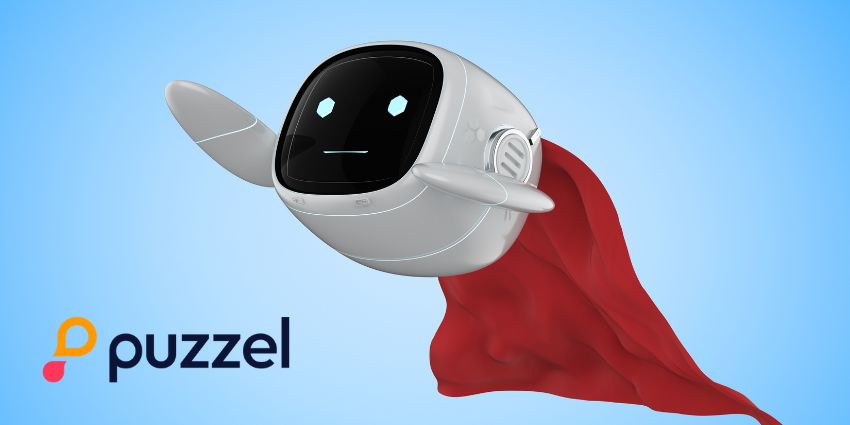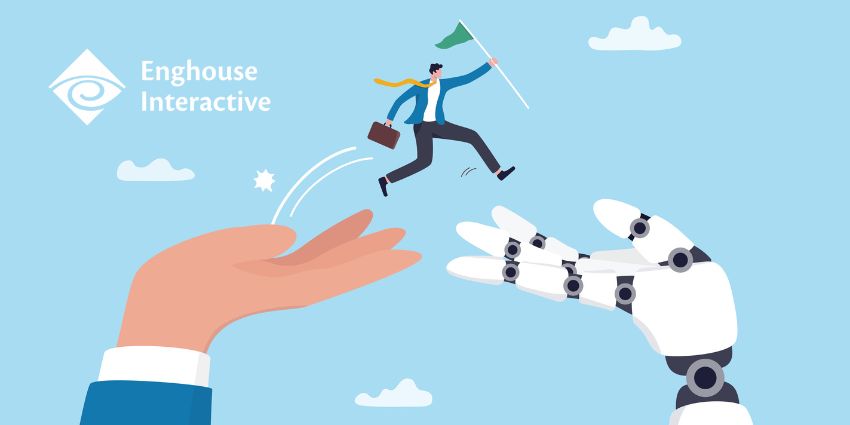Choosing the right technology for your contact centre isn’t easy. This is particularly true in a world where your conversations with customers can make or break your brand. Today, there are so many different options out there, that it’s difficult to know where to start.
Microsoft and Cisco are two brands that have been locking horns over the last couple of years. Both have their own unique strategies for collaboration and communication. Now, companies are starting to ask themselves whether they should be building their contact centre through Microsoft or Cisco too. As a solution for both avenues, West has some advice to offer those in the process of a technology transformation.
I spoke to West’s Director of Sales engineering for EMEA, Paresh Chopdekar, and Senior Director of information technology for EMEA, Sadam Iqbal, to get their thoughts on whether Microsoft or Cisco is the right route for the contact centre.
What Kind of Process Do Companies Need to Go through to Make This Decision?
Today, both Cisco and Microsoft tend to be commonplace in the modern business environment. Microsoft offers productivity tools like Word and Excel, while Cisco is behind many of the desk phones sitting in the work environment. When both options are so prevalent, it’s difficult to decide which one to put your money behind. Paresh Chopdekar and Sadam Iqbal told me that when people think about contact centre, they don’t really think about Microsoft.
“Cisco has a huge history in the contact centre environment. For Cisco, everything is built in together, from the back-end phones to the front-end systems.”
“Now that everything needs to be connected for a better customer experience, Cisco has that heritage in inbound and outbound calling. Microsoft still doesn’t have its own contact centre technology to offer”
According to West, the key to making the right decision is not focusing on which brand is best, but which solution is better for your agents. “If a Microsoft solution will improve your agent experience, then that improves customer experience. Look at your environment. If you have a Cisco phone on the desk, but all your customer data is in SharePoint, then you might need Microsoft. On the other hand, if your data is more dispersed across different platforms, Cisco might be slightly better because of its connections with third-party solutions.”
Which Company is Better for Integration – Microsoft Or Cisco?
For Chopdekar and Iqbal, the question of which contact centre to use begins with finding out the right solution for the agent. The technology of the contact centre has always been a little fragmented, and it’s about making the experience as streamlined as possible. Integration is one of the best ways to deliver on the need for a single pane of glass solution.
In a contact centre, there’s a lot of different elements coming together, as well as emerging tech like AI and chatbots. Part of choosing the right contact centre means selecting the one that works best with your system. “I think Cisco is a little better for integration right now, just because they’ve been working on this side of things for longer.”
“Microsoft isn’t far behind though – they’re an agile platform, and they provide the productivity suite which Cisco doesn’t have”
For West, the end user in contact centres need to have access to the tools that make them the most productive and efficient. That’s why West offers a solution that’s agnostic, and adaptable according to the needs of the customer. “We’ve got the best of breed approach that allows companies to build the strategy that works for them. We’re also working on things from an AI level, like a feature that can help your system to determine whether a call should be handled by an agent or not.”
How Does West Deliver the Right Solution for Customers?
Chopdekar and Iqbal told me that the way they see their West platform is unique from a customer perspective. “Most contact centres have a network layer and a UC layer. The UC layer can be anything from Microsoft to Cisco or another legacy platform. On top of that, is where we place our contact centre layers. These are the extra features and solutions that include bots, IVRs, AI, analytics and so on.”
The West contact centre structure means that they can support both Cisco and Microsoft equally, as well as changing strategies and adding extra solutions according to customer needs. “We could enable new channels for a multi-channel experience or allow people to tap into new AI solutions. This is a very flexible way to deploy the contact centre experience.”
In West’s opinion, no company wants to flip a switch one day and end up on the cloud. Companies want the freedom and flexibility to move at their own pace, and West delivers that option. “People can just ramp up the technology that they need.”
Cisco vs. Microsoft, which is Best?
When it comes down to the question of Cisco or Microsoft for contact centres, Chopdekar and Iqbal say that it’s a difficult question. Cisco has its own contact centre where Microsoft doesn’t, but not all of Cisco’s solution is in the cloud. Cisco also has more heritage in their environment, whereas Microsoft has more choice on their side, thanks to the productivity suites.
“The best solution for modern companies is to choose a contact centre that’s enhanced by West’s contact centre layers. That way, you can take advantage of the features from both vendors that work best for you and add the additional technology as and when you like.”
“We’re building something that ensures it doesn’t matter what you need or which vendor you go with; you can still get the best results”







